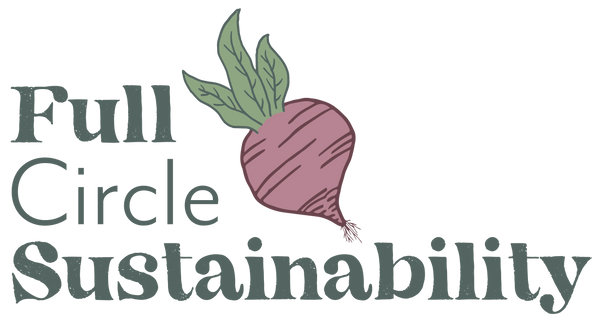
Making It Human
We’re now into hurricane season after heat waves and wildfires, and it’s getting uncomfortably easy to see the climate change. Even if you question that humans are the cause, it’s clear that people will play a major role in the effects.
I’ve been thinking lately about how I don’t always place enough emphasis on the human side of environmental issues. I tend to focus on the "how”: Reduce plastic waste. Use renewable sources of energy. Forgo fast fashion. Don't waste food.
But that just doesn’t resonate with everyone. To actually bring more people on board, I need to put less emphasis on “how” and more on “why.” And for a lot of people, the “why” is other people!
The environmental crisis often has the biggest impact on those who have the least. Water shortages. Air pollution. Rising temperatures. Littered landscapes. Natural disasters. Illness.
Privilege allows people to avoid a lot of that. Water, electricity, and gas can all feel endless in America. Landfills are located largely out of sight. Things like famine and chemical spills rarely make the local news in the middle of the U.S. It’s hard to see the reason to change your behavior when you can't see the harm it causes.
We have to remind ourselves that everything is interconnected. People and creatures and plants live downstream from us. When we get rid of something, it does not disappear. It shows up in the soil, in the groundwater of those who live near landfills, in piles of electrical waste overseas, in the bellies of whales.
If we value caring for people, we have to care about the places they live. We have to remember that the places they live are made worse off by the way we treat the places we live. We have to see the people downstream. To realize there is no downstream. To realize those people are us. To remember the Earth is us.
-Justine, Full Circle Sustainability
[Photo credit: Hermes Rivera, Unsplash]



